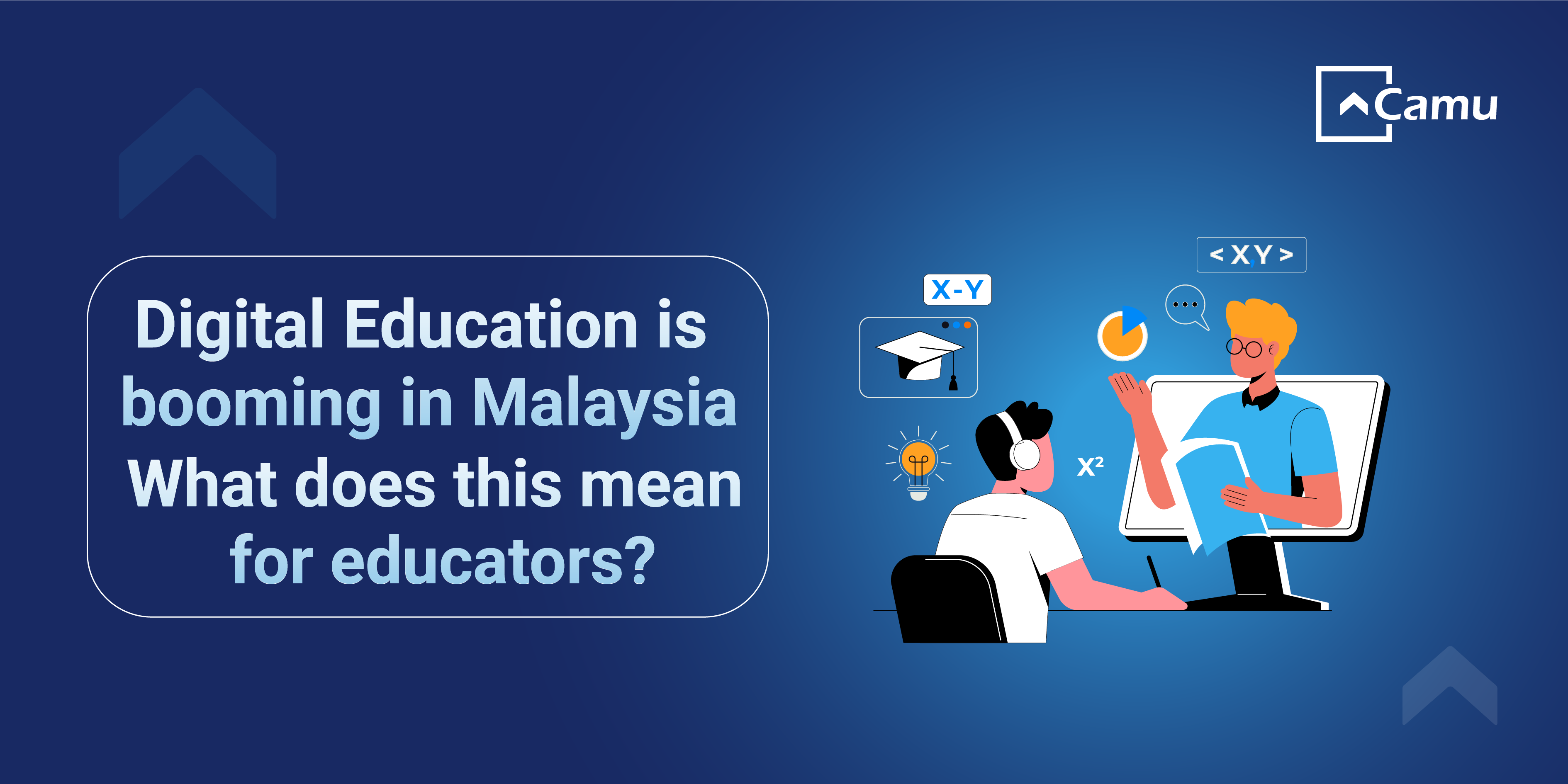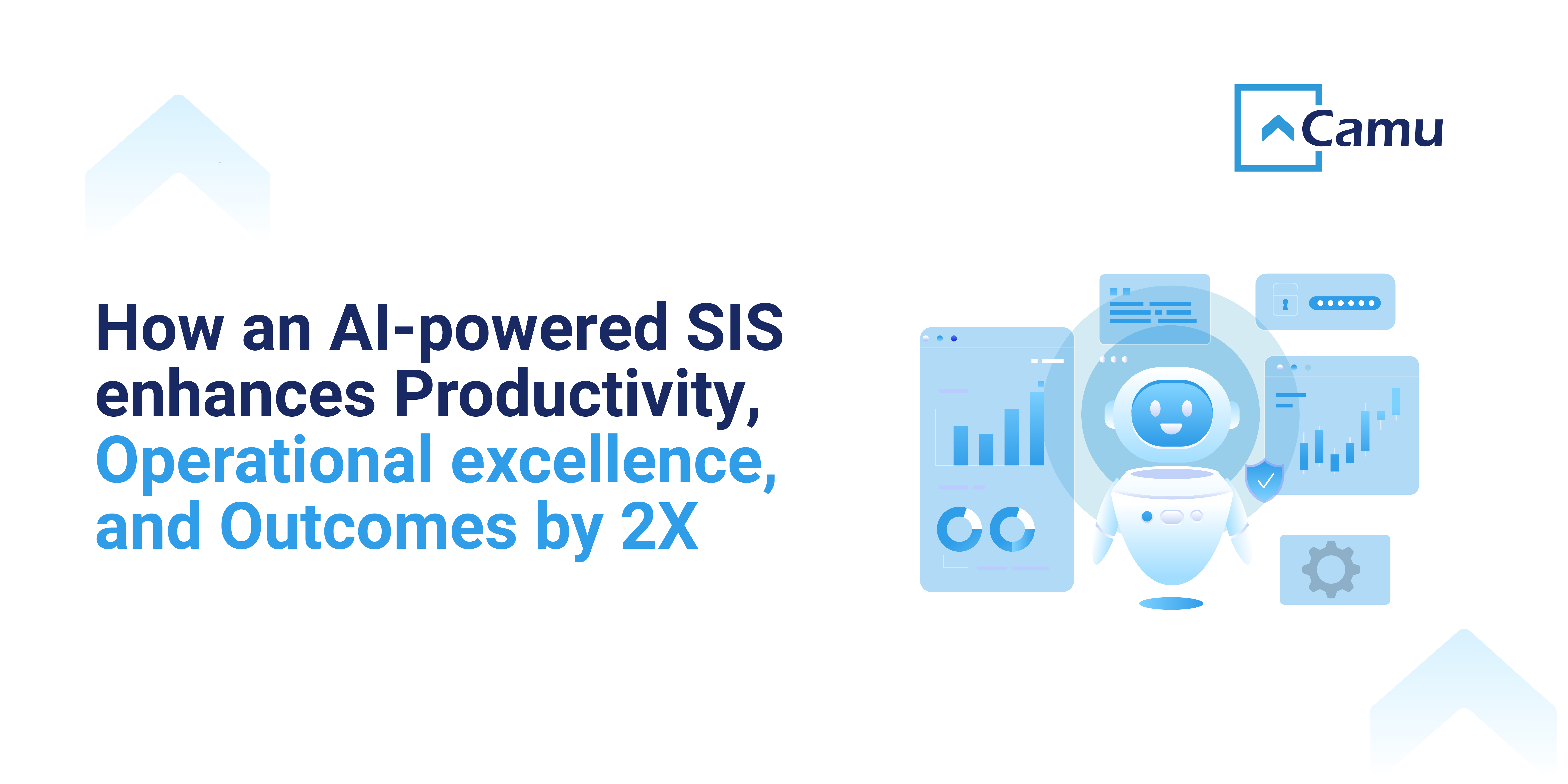Table of Content:
The Cost of Silos: Hindering Progress and Innovation
EdTech: A Catalyst for Interdisciplinary Learning
Challenges in Implementing Interdisciplinary Learning
Paving the Way for a Synergistic Future
Breaking Down Barriers: Interdisciplinary Learning in the Digital Era
In an increasingly interconnected world, the ability to think and work across traditional disciplinary boundaries has never been more critical. The rigid silos that once defined education and professional fields are giving way to a more holistic approach, where knowledge and skills from diverse disciplines converge to solve complex problems.
This shift towards interdisciplinarity is transforming how we learn, work, and develop new ideas. Fostering interdisciplinary skills has become essential, not only for individual growth but also for driving societal progress.
In this article, we will explore the importance of interdisciplinarity in modern education, and how emerging technologies are paving the way for a new era of collaborative learning.
The Cost of Silos: Hindering Progress and Innovation
Traditional education often confines knowledge within rigid disciplinary silos, limiting the potential for innovative solutions to complex problems. When experts from different fields work in isolation, as seen in responses to global challenges like pandemics, solutions can be incomplete or less effective.
Interdisciplinarity breaks down these barriers, encouraging collaboration across fields. The STEAM paradigm, which knits together Science, Technology, Engineering, Arts, and Mathematics, exemplifies this by blending technical skills with creative thinking. For example, in developing renewable energy technologies, engineers, economists, artists, and environmental scientists collaborate to create solutions that are not only technically sound but also socially relevant. By fostering such cross-disciplinary thinking, we unlock the potential for more comprehensive and innovative solutions to today’s challenges.
EdTech: A Catalyst for Interdisciplinary Learning
In the digital age, Educational Technology (EdTech) has emerged as a powerful tool in breaking down traditional disciplinary boundaries, encouraging a more interdisciplinary approach to learning. EdTech enables students and educators to explore and integrate knowledge across multiple fields.
One of the important ways in which EdTech promotes interdisciplinarity is through the introduction of Choice Based Credit System (CBCS) in higher education institutions. Solutions such as Camu's fully flexible CBCS allow students to select courses across various disciplines, enabling them to tailor their educational experiences to their interests and career goals. For instance, a student majoring in computer science might take courses in psychology or business, gaining insights that are valuable in developing user-centric software or understanding market trends. This flexibility encourages students to build a diverse skill set, equipping them to tackle complex, real-world problems.
EdTech platforms also offer a wide range of cross-skilling courses that bring together different fields of knowledge. Online learning marketplaces, such as CamuEngage provide courses that blend disciplines—such as data science with the arts or healthcare with information technology. These platforms make it easy for learners to access interdisciplinary content from anywhere in the world, nurturing a culture of lifelong learning where individuals can continuously expand their knowledge across fields.
EdTech platforms such as Camu Unified SIS & LMS facilitate interdisciplinary collaboration by supporting brainstorming sessions, group projects, and problem-solving activities that draw on multiple disciplines.
Moreover, interactive digital content in K-12 education helps younger students connect with different subjects, promoting a more integrated learning experience. For example, a virtual lab experiment might combine physics and biology, illustrating how energy transfer works in both mechanical and living systems.
Challenges in Implementing Interdisciplinary Learning
Implementing interdisciplinary education presents several challenges:
Institutional Resistance: Traditional educational systems often resist changing established, discipline-specific curricula, making it hard to integrate new approaches.
Assessment Difficulties: Evaluating interdisciplinary learning is complex because traditional metrics focus on single disciplines, making it challenging to measure comprehensive outcomes.
Resource Constraints: Effective interdisciplinary programs require additional resources, such as specialized faculty and technology, which may be limited.
Balancing Depth and Breadth: Ensuring students gain both broad and deep knowledge across disciplines can be difficult, risking superficial understanding in multiple areas.
Student Adaptation: Students may struggle with the shift from specialized to integrated learning and may fear a loss of expertise in any one field.
Paving the Way for a Synergistic Future
As we continue to navigate the complexities of the digital age, the need for interdisciplinary skills has never been more pressing. The traditional silos that have long-defined education are increasingly being recognized as barriers to innovation and progress. By embracing interdisciplinarity, we can raise a generation of learners equipped to tackle the multifaceted challenges of our time, from climate change and public health to technological advancement and social equity.
EdTech plays a pivotal role in this transformation, offering tools and platforms that break down disciplinary boundaries and promote synergy across functions.





